Description Applications and Industries Downloads General Description Extruded from high quality carbon fines the SCB has a much high adsorption capacity, extending life and improved chlorine reduction capacities over the ECB The fine, acid washed bituminous, powdered activated carbon (PAC) used in the SCB results in a highly efficient carbon cartridge with sediment filtration capabilities Constructed with an outer polypropylene wrap that protects and extends the life of the carbon block, capturing particles and preventing premature plugging Food grade additives used to bond the PAC Available in large diameter 9¶ó" and 20" lengths for reduced cartridge changeout frequency Potable water Plating solutions Organic removal
Description Applications and Industries Downloads General Description Extruded from high quality carbon fines the SCB has a much high adsorption capacity, extending life and improved chlorine reduction capacities over the ECB The fine, acid washed bituminous, powdered activated carbon (PAC) used in the SCB results in a highly efficient carbon cartridge with sediment filtration capabilities Constructed with an outer polypropylene wrap that protects and extends the life of the carbon block, capturing particles and preventing premature plugging Food grade additives used to bond the PAC Available in large diameter and 20" lengths for reduced cartridge changeout frequency Potable water Plating solutions Organic removal
Description Specifications Downloads ABS (Acrylonitrile butadiene styrene) is an extremely robust thermoplastic pressure pipework system used by many industries in systems for food and beverage production, sewerage and water treatment etc. ABS is extremely resistant to impact with good resistance to chemicals, is non-toxic. Conforming to the toxicological requirements of the British Plastic Federation, British Industrial Biological Research Association Code of Practice for Food Usage 45/5, and EEC requirements for plastic materials in contact with foodstuffs. These systems are light, strong and simple to fit using a solvent cement. ABS Products are clearly identified by their light grey colour. Epco supply a variety of ABS valves including ABS double union ball valve, ABS single union ball valve, ABS diaphragm valve, ABS spring check valve/non return valve, ABS electrically actuated ball valve, ABS pneumatically actuated ball valve and ABS variable area flowmeter. WRAS Approval ABS is approved by the Water Research Advisory Scheme for use with potable water. Standards ABS pipe
Description Specifications Downloads ABS (Acrylonitrile butadiene styrene) is an extremely robust thermoplastic pressure pipework system used by many industries in systems for food and beverage production, sewerage and water treatment etc. ABS is extremely resistant to impact with good resistance to chemicals, is non-toxic. Conforming to the toxicological requirements of the British Plastic Federation, British Industrial Biological Research Association Code of Practice for Food Usage 45/5, and EEC requirements for plastic materials in contact with foodstuffs. These systems are light, strong and simple to fit using a solvent cement. ABS Products are clearly identified by their light grey colour. Epco supply a variety of ABS valves including ABS double union ball valve, ABS single union ball valve, ABS diaphragm valve, ABS spring check valve/non return valve, ABS electrically actuated ball valve, ABS pneumatically actuated ball valve and ABS variable area flowmeter. WRAS Approval ABS is approved by the Water Research Advisory Scheme for use with potable water. Standards ABS pipe
Description Specification Downloads General Description Water with a pH below 7 is acidic and has a corrosive nature. Acidic water corrodes the copper pipe-work and heating systems found in domestic and industrial plumbing systems. The copper dissolves out and is deposited on fixtures and fittings leaving unsightly green stains. Raising the pH will neutralise the water stopping the corrosivity, removing the metallic taste. The simplest way to raise the pH of water is to pass the water through a vessel containing slowly dissolving calcium and magnesium salts. These salts slowly dissolve into the water 're-mineralisingƒ?? the water and naturally raising the pH. The water can be simply passed through the media through an in/out head or through an automatic backwashing filter head. The backwashing head has the advantage of remixing the media and also removing any debris which may have been oxidised out of solution as the pH increases. Part Ref Service flow (m3/hr) Backwash flow (m3/hr) Connection size Price
Description Specification Downloads Price on application. General Description Please contact us for a price. Colour in water (after it has been mechanically filtered) is typically caused by organic compounds. If the colour is due to iron or manganese there are specific treatments (see the iron and manganese section). If the colour is due to organics then treatment is normally by ion exchange or activated carbon. Organic colour comes from decaying vegetation and may be completely soluble or particulate. Tannins (Humic and Fumic acids) are by far the most common class of compounds and give the water a yellow/brown tint. In highland areas where water runs off peat the water can be heavily coloured. When the water passes through anion resin beads the organic molecules are bound to the resin. When the resin has become saturated and can hold no more colour forming compounds they need to be removed. Resin selection is critical as many require caustic soda to remove the
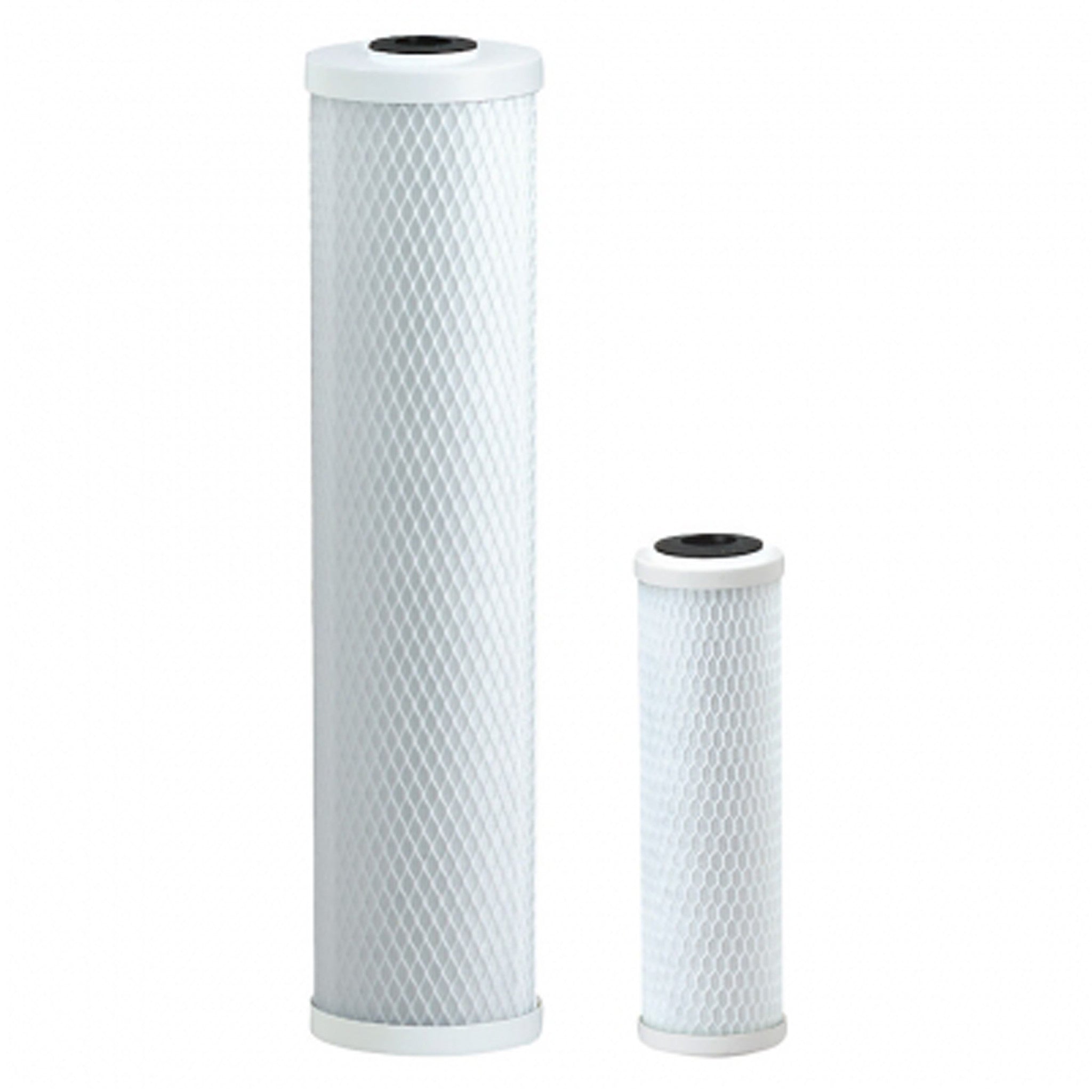
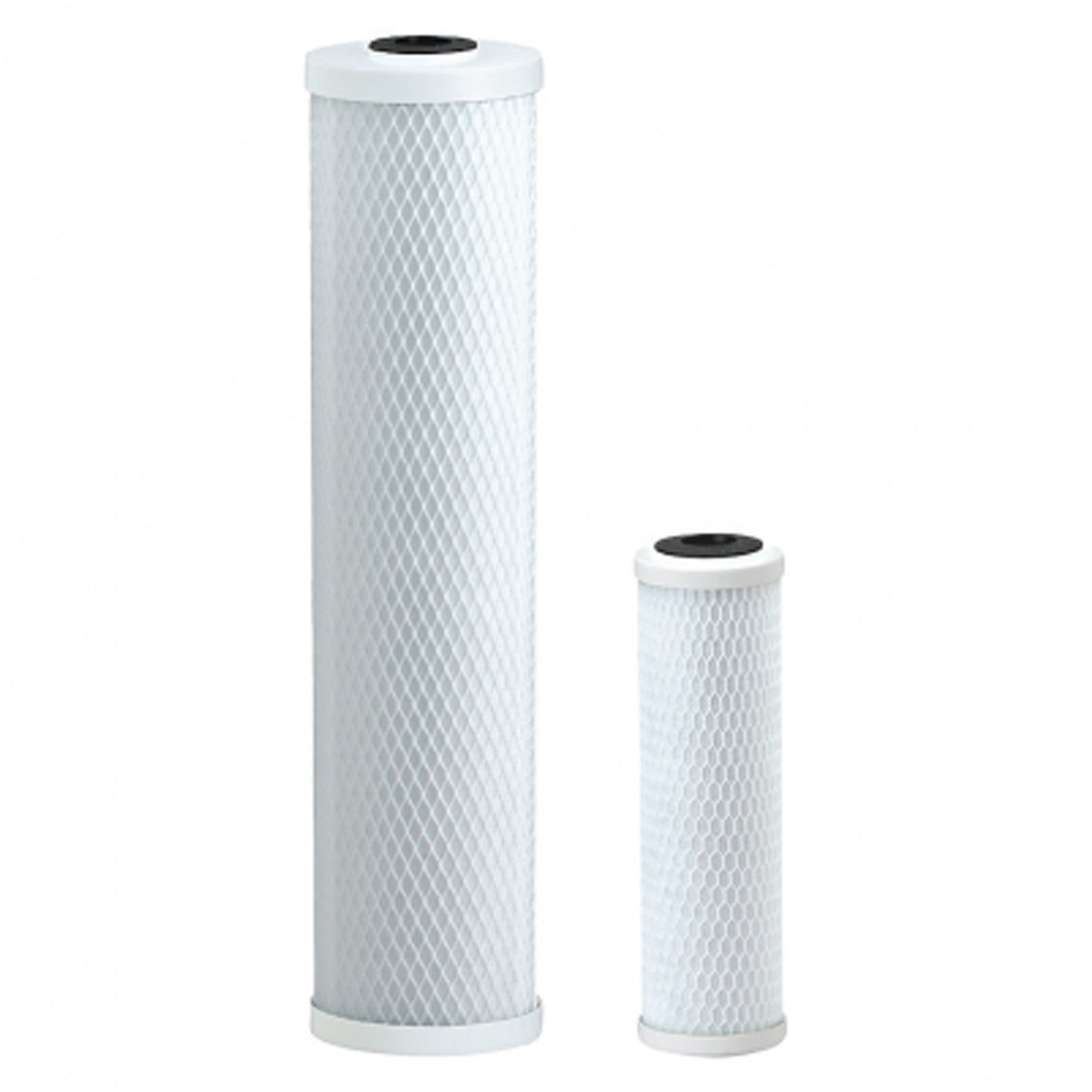

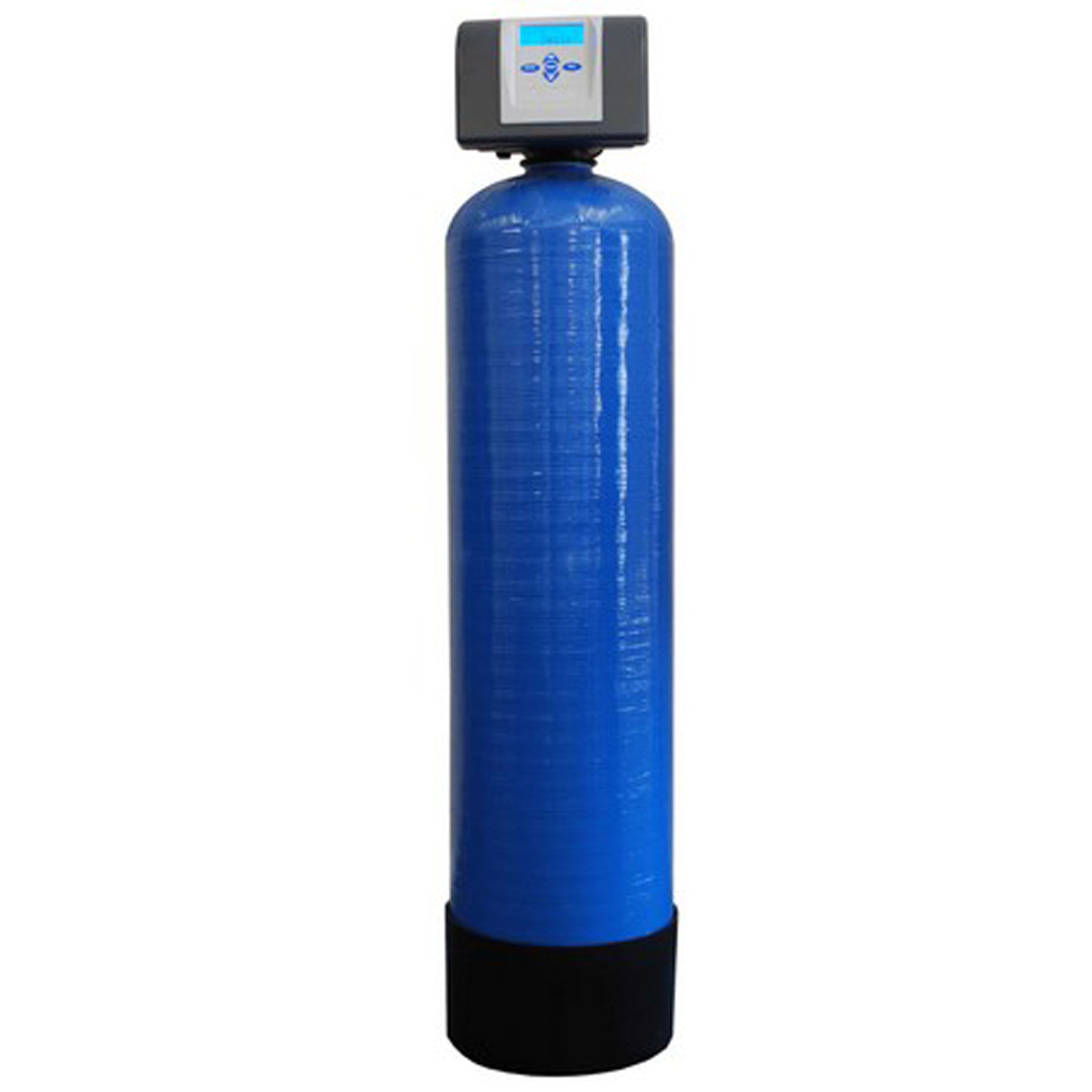
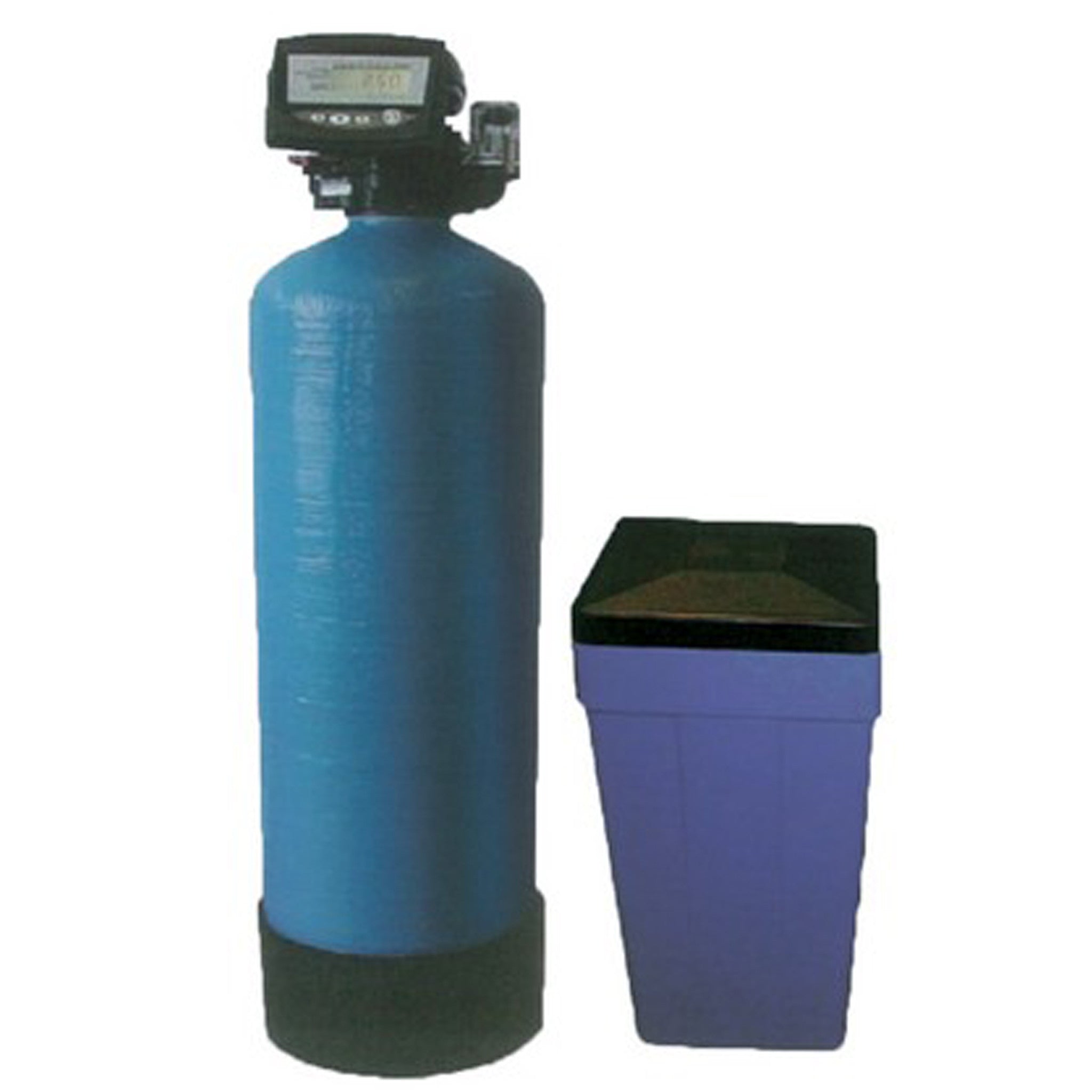
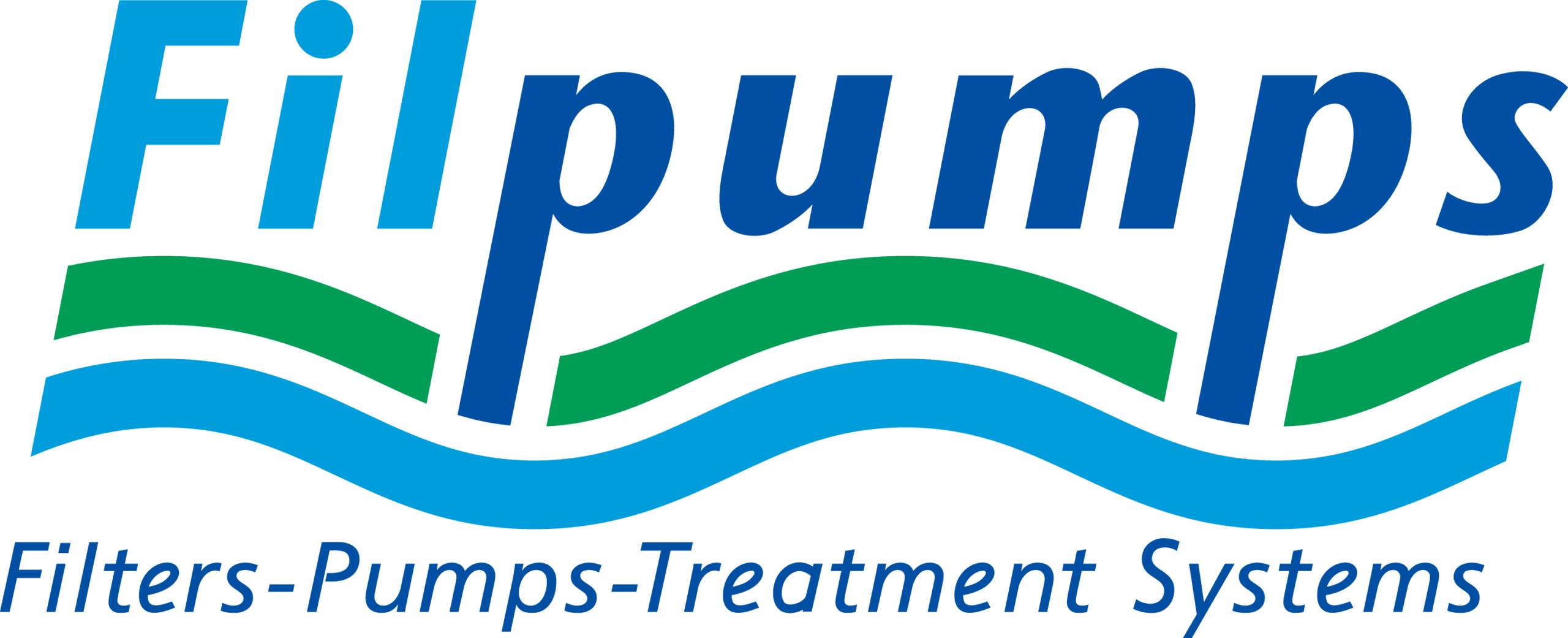
-e1752673425429.png)